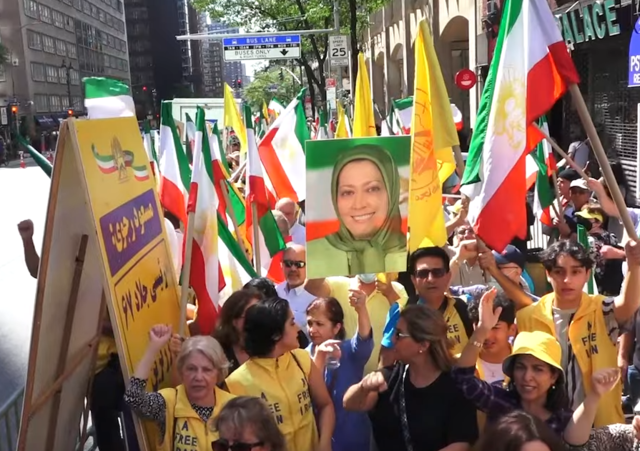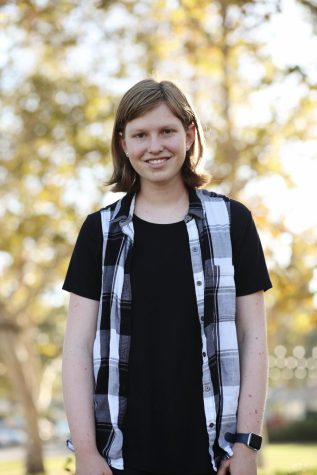Protests continue to rock Iran nearly eight weeks after Mahsa Amini’s death sparked the first wave of demonstrations. Amini, a 22-year-old Iranian woman, died in police custody for allegedly wearing her hijab too loosely — a violation of Iran’s strict dress code. On Nov. 8, the Iranian parliament released a letter signed by the majority of members demanding harsh punishments of arrested protesters ranging from students and teens to lawyers, journalists and civil society leaders, after which parliament members chanted “Death to seditionists.”
After the security forces’ brutal crackdown killed a reported 277 people, Iran’s Revolutionary Court issued its first known formal death sentence on Nov. 13 to a demonstrator who allegedly lit a government building on fire, according to state media.
The Revolutionary Court convicted the protester for carrying out “war and corruption on earth,” among a litany of other charges. Five other demonstrators were sentenced to five to ten years in prison for “collusion to commit a crime against national security and disturbance of public peace and order,” according to state media. Protests persist unabated, however, even in the face of such harsh and unwarranted punishments.
Even though Iran is 7,000 miles away from Los Angeles, there are a variety of ways Biolans can support Iranians’ calls for justice and government reform. Here is how to stand with the #mahsaamini movement in Los Angeles and amplify protesters’ demands for change.
SUPPORT PERSIAN GULF CAFE
Last month, vandals smashed the front door of the Persian Gulf Café, a bakery in Westwood, Los Angeles, after Iranian-American café owner Roozabeh Farahanipour put a display table outside the restaurant with pictures of Mahsa Amini and five recently slain Iranian protesters alongside flowers, candles, wheat and the Iranian flag. Farahanipour, a dissident who fled Iran in 1999 after leading an uprising against the government, said the Iranian regime tortured and imprisoned him before he escaped the country, which drove him to stand in solidarity with the current protesters.
Following the attack, Farahanipour doubled down his opposition to the Iranian regime.
“I have a death sentence from the regime,” Farahanipour said. “That’s why I escaped the country. Three times I was in jail in Iran and tortured. I fight this regime my entire life, for almost 40 years. My family [has] lost more than twenty members. This is the United States, the home of the free, it is not Iran. If they think they can silence us here, they can’t.”
VISIT LOS ANGELES MURAL
Visit an eye-catching mural of Mahsa Amini, which Iranian American muralist Cloe Hakakian and Los Angeles artist Todd Goodman painted on the rear wall of a nondescript shoe store on Melrose Avenue. The striking piece displays Amini standing with her hair painted red, white and green — the colors of Iran’s flag — while a hijab made of chains flies off her head. Hakakian and Goodman painted the words “Woman. Life. Freedom,” a phrase which protesters transformed into a worldwide rallying cry for women’s rights in Iran, to the right of Amini’s profile.
Hakakian expressed frustration with her feelings of helplessness and pointed to the mural as a way to celebrate young people in Iran who are fighting for change.
“It’s hard to sit back [being] from a different country and feel like there’s nothing we can do to help,” Hakakian said. “I’m not the one [people] need to be thanking. They need to be thanking the girls in Iran — the brave young women, men, everybody out there. Those are the heroes. We are just trying to let them know they are being heard.”
By increasing awareness about the Iranian government’s brutality, demonstrators in Los Angeles support Iranian protesters’ right to freedom of expression and stand against the regime’s oppressive actions. Ultimately, however, the protesters’ liberation from prison depends on the whim of Iran’s Supreme Leader Ayatollah Ali Khameni, who has sole power to pardon incarcerated people.
Correction: November 15, 2022
This article and headline were updated to remove the reference to the Iranian Parliament voting for mass executions. A parliamentary majority supported a letter to the judiciary calling for protesters to face harsh punishments, which could include the death penalty.












